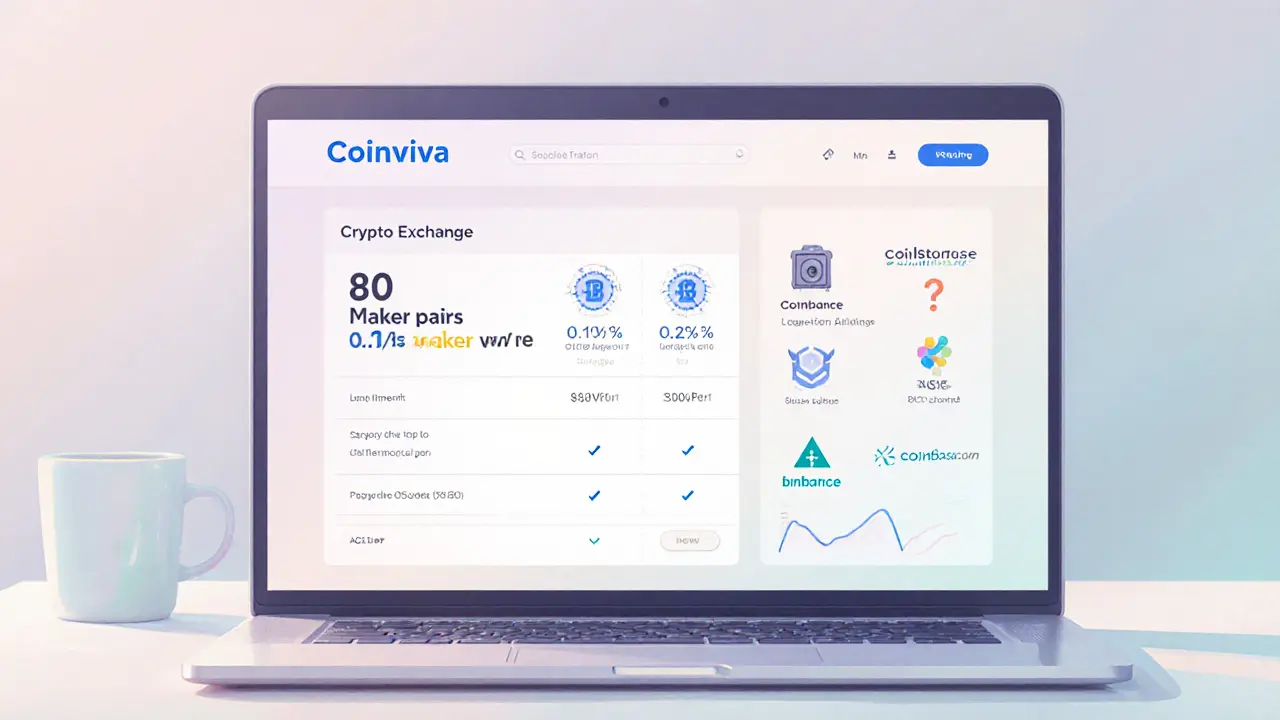Australian Crypto Exchange: What You Need to Know
When looking at Australian crypto exchange, a platform based in Australia that enables buying, selling, and swapping digital assets. Also called Aussie crypto exchange, it must follow local financial rules. A cryptocurrency exchange, any online service that matches buyers with sellers of crypto operating here is treated as a financial service. The Australian Securities and Investments Commission (ASIC), the regulator that oversees financial markets and consumer protection in Australia issues licences and monitors compliance. Meanwhile, AUSTRAC, Australia's anti‑money‑laundering and counter‑terrorism financing agency enforces reporting and AML rules on these platforms.
So why does this matter to you? Because every Australian crypto exchange you pick will be shaped by three core forces: the tech that powers trading, the regulatory framework that governs it, and the fee model that affects your bottom line. The technology stack usually includes order‑matching engines, wallet security layers, and API access for bots. From a regulatory angle, ASIC demands clear disclosure of risks, while AUSTRAC requires transaction monitoring and KYC verification. Understanding both sides helps you avoid platforms that look cheap but hide compliance gaps.
Key Factors to Compare When Choosing an Aussie Platform
First, check the licensing status. A legitimate exchange will display its ASIC licence number on the footer or “About” page. This licence signals that the platform meets capital requirements and has undergone background checks. Second, look at security measures. Look for cold‑storage ratios, two‑factor authentication, and regular security audits. Third, compare fee structures. Some exchanges charge a flat 0.1% taker fee, while others use a tiered model based on monthly volume. Finally, assess market coverage – does the exchange list the tokens you care about, and does it provide deep liquidity for those pairs?
Regulation isn’t static. In the past year, ASIC tightened rules around crypto derivatives, and AUSTRAC rolled out new reporting thresholds for high‑value transfers. These changes mean that an exchange that was compliant last year might now need to upgrade its AML software or adjust its user onboarding flow. Staying aware of regulatory updates can save you from sudden account freezes or unexpected tax paperwork.
Beyond fees and compliance, community support matters. Platforms that host active forums, Telegram groups, or Discord channels often provide quicker answers to technical hiccups. They also tend to roll out new features faster, like instant fiat on‑ramps or staking services. If you’re a beginner, look for exchanges that offer educational resources, demo accounts, or guided tutorials – they can shorten the learning curve and reduce costly mistakes.
Another practical angle is tax reporting. Australian residents must declare crypto gains in their tax return, and many exchanges now provide downloadable transaction histories that align with the Australian Taxation Office (ATO) requirements. Choosing an exchange that automates this reporting can make year‑end filing far less painful.
Finally, think about future growth. The Australian crypto landscape is evolving with more institutions entering the market, offering services like custodial accounts for enterprises or integrated DeFi gateways. A forward‑looking exchange will have a roadmap that includes support for layer‑2 solutions, access to global liquidity pools, and partnerships with traditional finance players.
All of these elements – licensing, security, fees, community, tax tools, and roadmap – intertwine to define the quality of an Australian crypto exchange. Below you’ll find a curated list of articles that dive deeper into each of these topics, from detailed exchange reviews to regulatory breakdowns and tax guidance. Use them to compare platforms, spot red flags, and make an informed decision that fits your trading style and compliance needs.

An in‑depth Coinviva crypto exchange review covering fees, security, licensing, user experience, and how it measures up against Binance, Coinbase and Crypto.com.
Jonathan Jennings Feb 16, 2025




